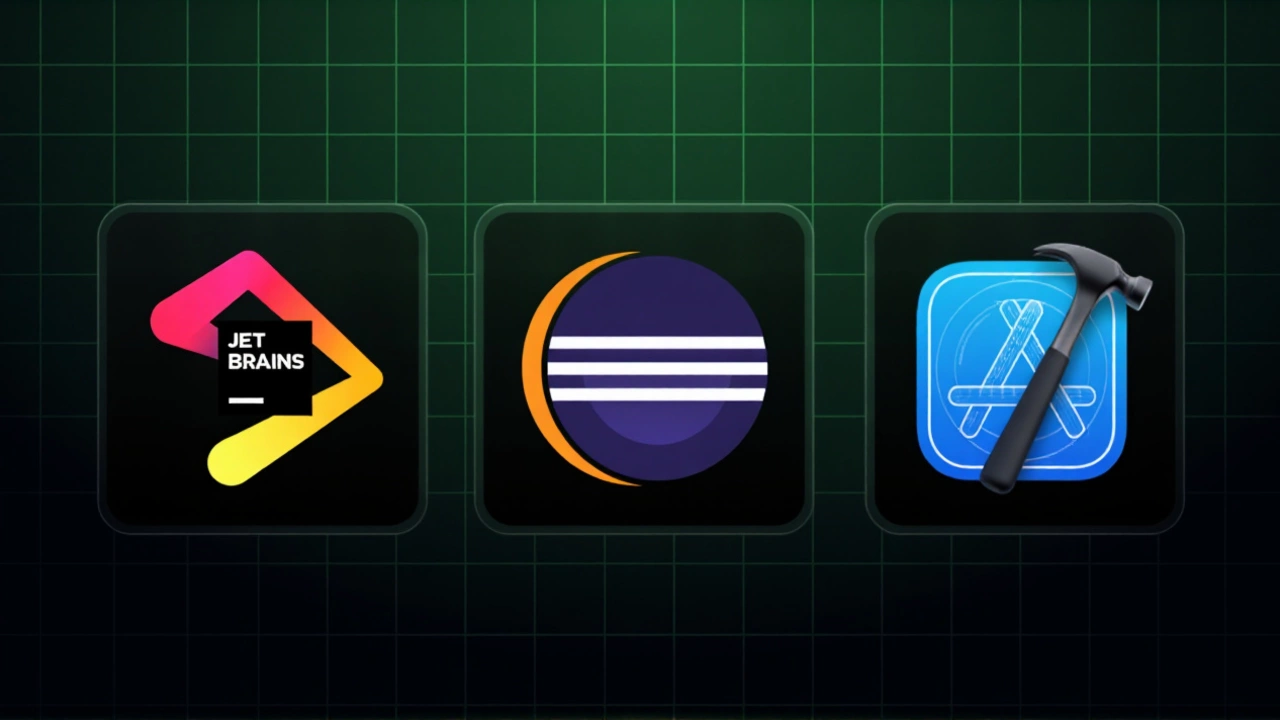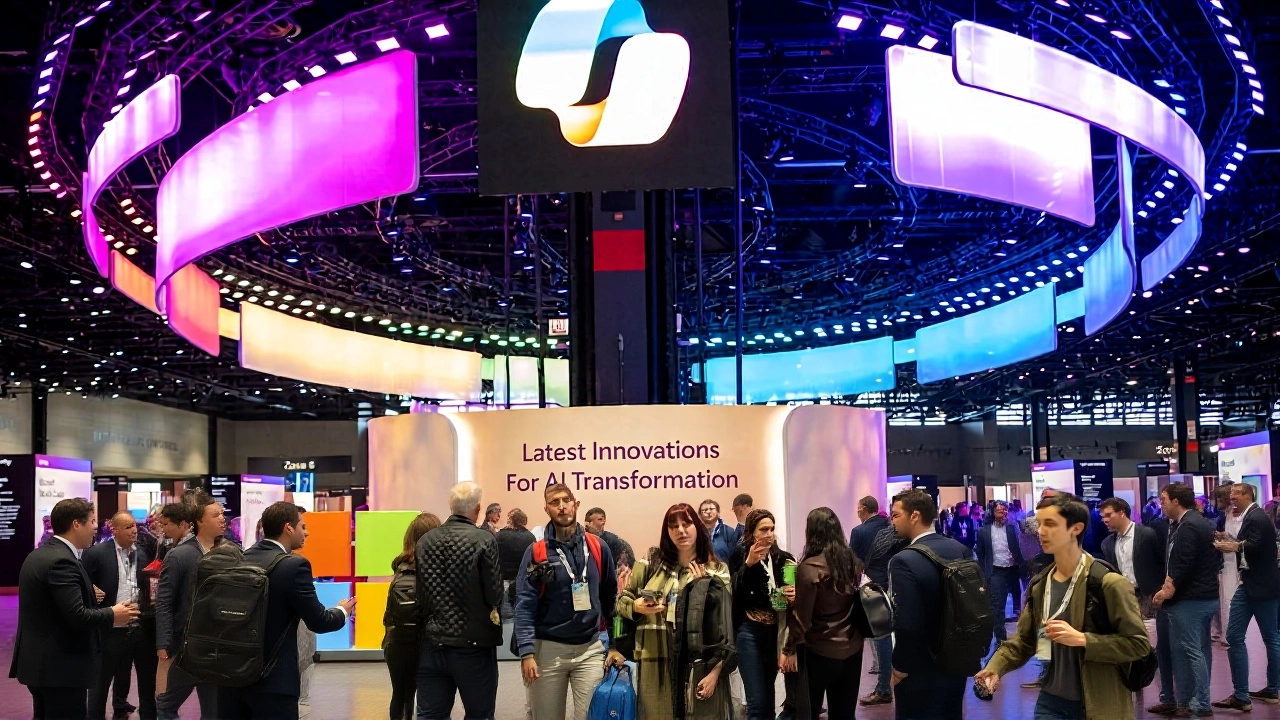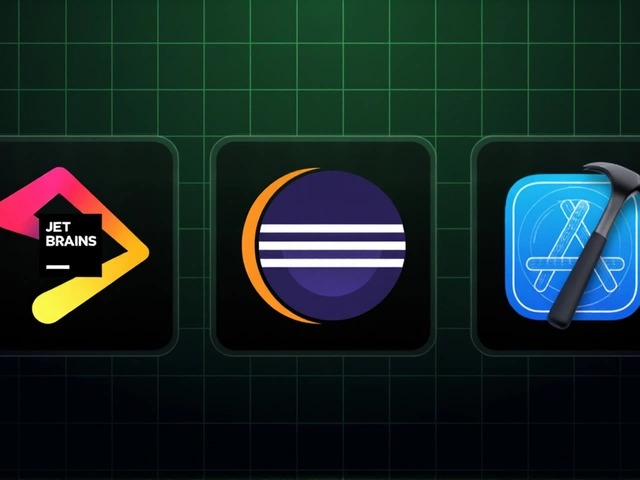Microsoft Unveils AI Agent Security Framework at Ignite 2025 with Sentinel, MCP, and Copilot Integration

On November 18, 2025, Microsoft dropped a bombshell at Microsoft Ignite 2025Orlando: a fully integrated security framework for AI agents that doesn’t just react to threats—it predicts them. The move isn’t just another product drop. It’s a redefinition of enterprise cybersecurity in the age of autonomous AI. And it’s coming with teeth.
Security That Thinks Ahead
For years, security teams have been playing whack-a-mole with breaches. Now, Microsoft Sentinel is getting a brain. The revamped platform, powered by its data lake and graph AI tools, can now correlate months of security events across global networks—something that used to take teams weeks to piece together. But here’s the twist: it’s not just looking at Microsoft’s own signals. It’s pulling in telemetry from AWS, Proofpoint, and Okta to spot anomalies that slip through siloed systems. Phishing? Business email compromise? Identity theft across federated clouds? All flagged in near real time. Dwell time—the window attackers have to operate—dropped by an estimated 68% in early internal tests, according to Microsoft’s security blog.
What makes this different isn’t just the data. It’s the response. When an agent is compromised, Microsoft’s AI bots don’t just alert. They isolate. They quarantine. They reverse-engineer the attack path—all before a human even opens their laptop. That’s not automation. That’s anticipation.
Windows Gets an AI Nervous System
Meanwhile, on the endpoint, Microsoft is quietly rewiring Windows. The public preview of Model Context Protocol (MCP) on Windows is the first standardized way for AI agents to safely interact with apps, files, and services—without turning your PC into a hacker’s playground. Think of MCP as the air traffic control system for AI assistants. It doesn’t just let agents run tasks. It enforces consent, validates permissions, and logs every move.
And then there’s the Windows On-Device Registry (ODR), a secure, encrypted repository where agent connectors live. These aren’t just plugins—they’re trusted gatekeepers. Malicious agents? Blocked. Poorly coded ones? Revoked. Even the settings are locked down: all agentic features are disabled by default. You have to go to Settings > System > AI components > Agent tools > Experimental agentic features to turn them on. No sneaky installs. No silent upgrades. No surprises.
Privacy isn’t an afterthought here. Microsoft says every agent must comply with its Responsible AI Standard and Privacy Statement. Data collection? Only for defined purposes. Transparency? Built in. That’s rare in this space.
Copilot Studio Gets a Security Guard
Remember when Microsoft Copilot Studio was just a tool for building chatbots? Now it’s a security command center. Administrators can plug in real-time monitoring tools—whether it’s Microsoft Defender, CrowdStrike, or a custom script—while agents are running. Want to detect a prompt injection attack? You can now run a custom detection script alongside the agent’s workflow. No more black boxes. No more "trust us" from vendors.
And the SharePoint Admin Agent entering preview? That’s the quiet hero. IT teams can now use AI to auto-apply retention policies, flag unauthorized access, and even suggest compliance fixes—all without writing a single line of code. For overworked admins drowning in compliance paperwork, this isn’t convenience. It’s survival.

The Bigger Picture: A Unified Security Stack
This isn’t a collection of tools. It’s a system. Microsoft Defender, Entra (formerly Azure AD), Purview, and the Foundry Control Plane now form a single fabric of governance. AI agents don’t operate in isolation—they’re monitored, audited, and controlled from the same platform that protects your email, your files, and your identities.
Even Microsoft 365 Copilot now has vocal command security baked in. You can’t just shout "delete all files from HR folder" and have it happen. The system checks context, user role, and historical behavior. And if something smells off? It pauses. It asks. It logs. It waits.
Security Copilot, available with Microsoft 365 E5 licensing, is the crown jewel. It doesn’t just detect threats—it explains them in plain language, recommends remediation steps, and even drafts incident reports. For security teams stretched thin, it’s like having a senior analyst on call 24/7.
What’s Next? And Who’s Affected?
Public previews are live as of November 18, 2025. But don’t expect mass adoption overnight. Enterprises will need time to test, train, and tweak. Microsoft says feedback from these previews will shape the final release in Q2 2026. The real shift? From reactive to proactive. From fragmented tools to unified intelligence.
Small businesses won’t be left out—but they’ll need to upgrade to E5-tier licenses to access the full suite. Midsize firms? They’ll likely adopt selectively, starting with SharePoint and Copilot Studio. Large enterprises? They’re already running pilot programs.
One thing’s clear: if you’re using AI agents in your organization, you’re now part of Microsoft’s security ecosystem. Whether you like it or not.
Frequently Asked Questions
Do I need to upgrade my entire Microsoft 365 license to use these new AI security features?
Yes—core AI agent security features like Security Copilot, real-time monitoring in Copilot Studio, and advanced SharePoint Admin Agent capabilities require a Microsoft 365 E5 license. Lower-tier plans will still get basic Copilot functionality, but the advanced governance, threat detection, and cross-platform integration features are locked behind E5. Microsoft confirmed this in its Ignite 2025 pricing briefings.
Can third-party security tools work with Microsoft’s new AI agent framework?
Absolutely. Microsoft designed the framework to be open. Through Copilot Studio’s integration API, you can plug in Defender, CrowdStrike, Palo Alto, or even custom Python scripts to monitor agent behavior in real time. The goal isn’t lock-in—it’s interoperability. Microsoft’s own blog highlights partnerships with 12 major security vendors already testing this model.
What happens if an AI agent gets compromised despite all these safeguards?
The system automatically isolates the agent, revokes its access to all connectors via ODR, and triggers a forensic audit. Microsoft’s AI bots then trace the attack path using Sentinel’s graph engine, identifying how the agent was breached—whether through a malicious prompt, credential theft, or a compromised third-party connector. The entire incident is logged and reported to admins within minutes, with remediation steps auto-generated.
Is Windows On-Device Registry (ODR) available on older versions of Windows?
No. ODR requires Windows 11 24H2 or later, and only on devices enrolled in Microsoft Intune or Azure AD. The registry relies on hardware-backed security features like TPM 2.0 and Virtualization-Based Security (VBS), which aren’t available on Windows 10. Microsoft confirmed this in its Windows Developer Blog, emphasizing that legacy systems will remain unsupported to maintain integrity.
How does Microsoft prevent AI agents from leaking sensitive data even with user consent?
Through Purview’s data loss prevention (DLP) engine, which scans agent inputs and outputs in real time. If an agent tries to access or transmit data classified as "Confidential" or "PII," it’s blocked unless overridden by a compliance officer. Agents also can’t retain data longer than their task requires. Microsoft’s Privacy Report from October 2025 shows a 92% reduction in accidental data exposure in pilot programs using this model.
Will this framework work with non-Microsoft cloud services like Google Workspace or Salesforce?
Yes, but indirectly. While native integration is optimized for Microsoft services, Microsoft Sentinel can ingest logs from Google Workspace and Salesforce via standard APIs. The AI agent security controls apply only to agents running on Microsoft platforms, but threat detection extends to cross-platform activity. For example, if a malicious agent on Windows tries to exfiltrate data to a Salesforce account, Sentinel will flag it using signals from both systems.
